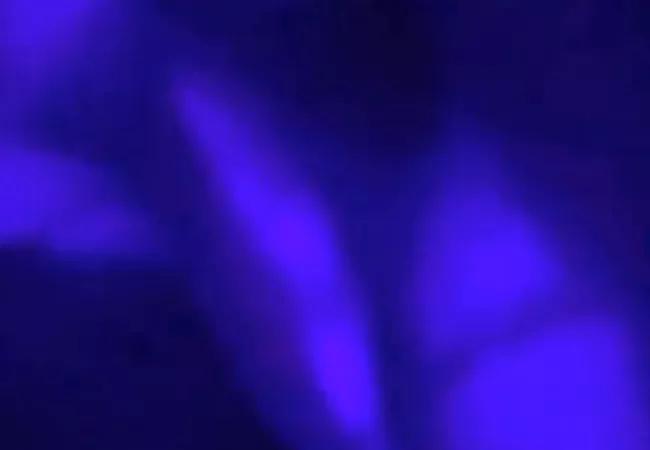Advertisement
Provides superior detection of extrahepatic structures

Advertisement
Cleveland Clinic is a non-profit academic medical center. Advertising on our site helps support our mission. We do not endorse non-Cleveland Clinic products or services. Policy
Most cholecystectomies are now performed laparoscopically, since smaller incisions decrease morbidity and hospital stay and accelerate recovery. Yet the procedure has a significant drawback in that it prevents the surgeon from using tactile discrimination or clearly differentiating between important anatomical structures. As a result, the rate of bile duct injury has increased from approximately 0.2 percent with open cholecystectomy to 0.5 percent, even with the routine use of intraoperative cholangiography.
Bile duct injuries can be devastating, disabling or even fatal for patients. We believe these injuries could be significantly decreased or avoided with the use of near infrared fluorescent cholangiography (NIFC) to improve the visualization of critical anatomical structures.
NIFC is performed with a fluorescent imaging system incorporated into a laparoscope. The system consists of a light source that emits both infrared and xenon light.
To perform NIFC, a fluorescent dye known as indocyanine green (ICG) is given intravenously 45 to 60 minutes prior to the procedure. ICG has been in clinical use since 1956 and is today widely used in multiple clinical and surgical specialties. When illuminated by infrared light, the dye manifests fluorescence. NIFC enables us to clearly visualize all biliary anatomy in real time and operate without causing injury to the bile ducts.
Since we started using NICF, we have conducted clinical trials together with our colleagues at Cleveland Clinic main campus, not only to validate its effectiveness, but also to understand how it compares to intraoperative cholangiography (IOC). We identified 10 reasons why NIFC is preferable to IOC:
Advertisement
We recently initiated a multicenter, international, randomized, controlled, patient-blinded clinical trial comparing NICF to standard white light imaging in visualizing and identifying the main biliary and hepatic structures (cystic duct, right hepatic duct, common hepatic duct, common bile duct, cystic-CBD junction, cystic-gallbladder junction and any accessory ducts) during laparoscopic cholecystectomy.
We expect the trial to finish by June 2017 and the results to be available shortly thereafter.
Advertisement
Advertisement

Findings could help identify patients at risk for poor outcomes

Findings also indicate reduced risk of serious liver events

Promising results could lead to improved screening, better outcomes

Significant improvement in GCSI scores following treatment

Despite benefits, vaccination rates remain low for high-risk population

Findings show greater reduction in CKD progression, kidney failure than GLP-1RAs

Findings indicate clinical decision making should not be driven by initial lesion size

Cleveland Clinic study finds that durable weight loss is key to health benefits